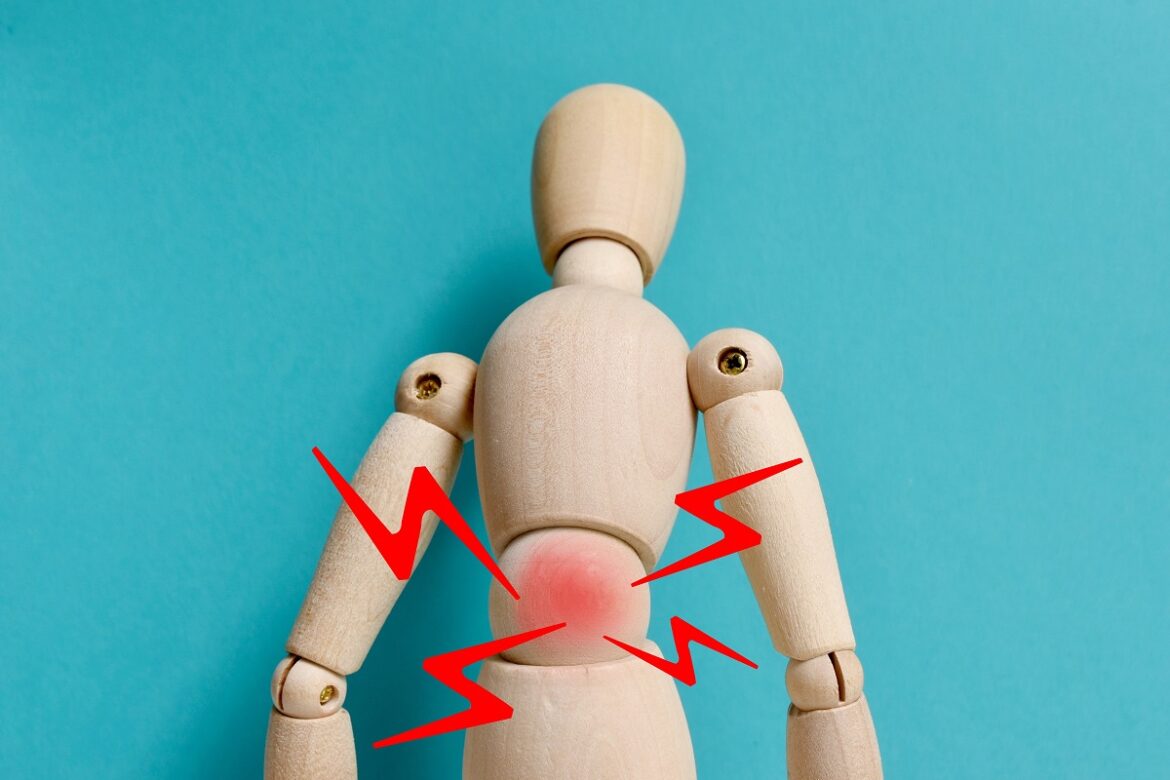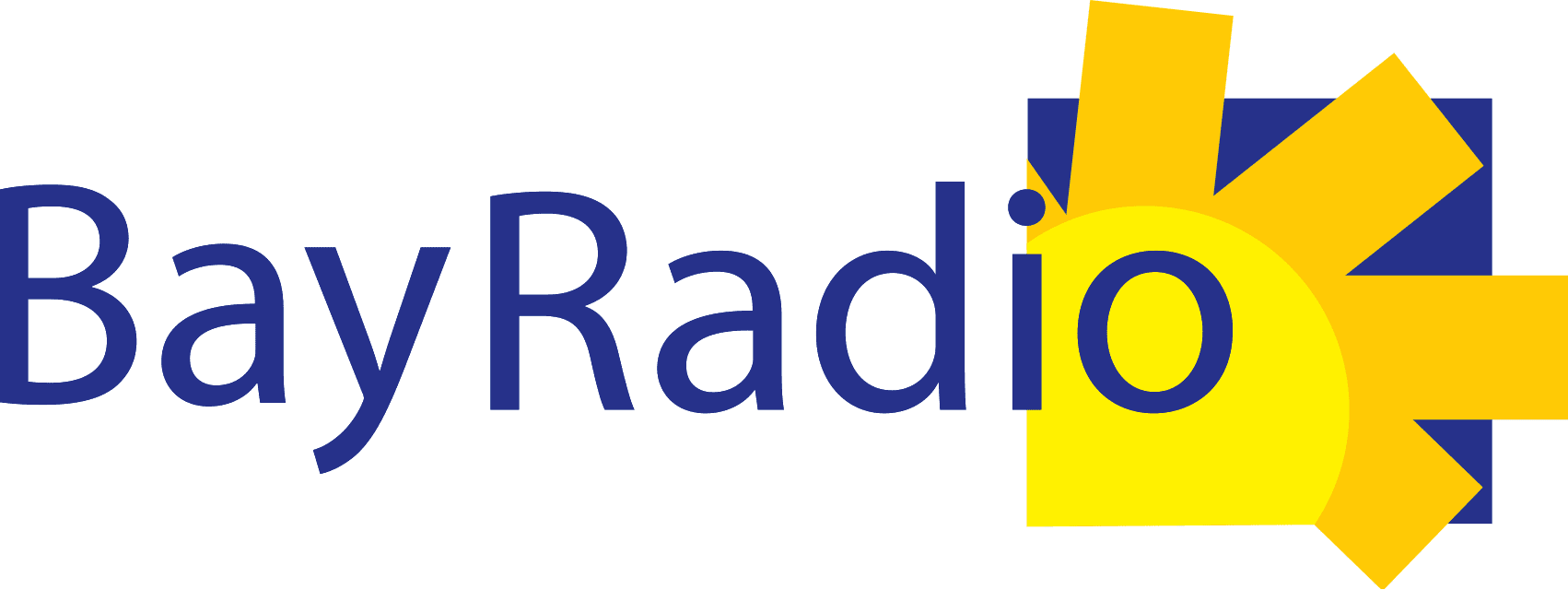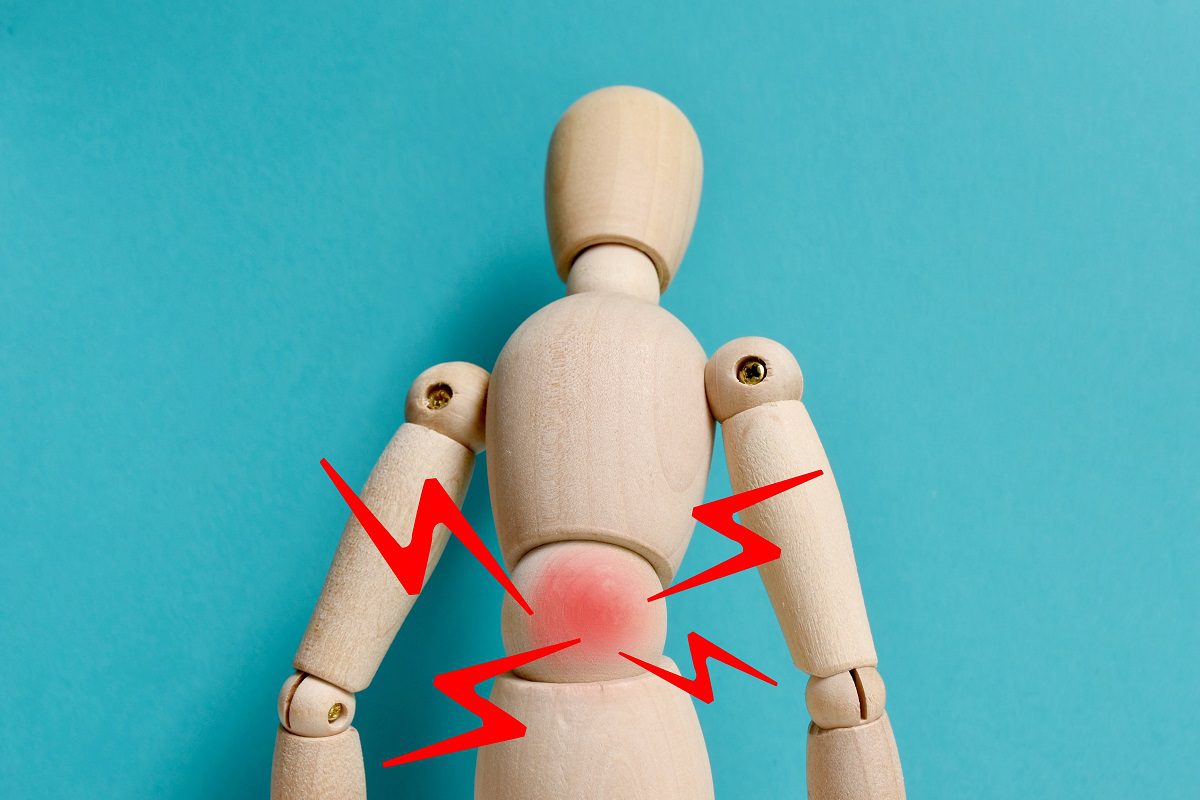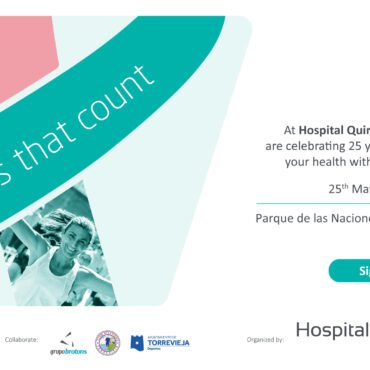-
 play_arrow
play_arrow
BayRadio Listen Live Broadcasting in Spain

Sciatica, also known as lumbosciatalgia, is the term commonly used to describe sharp or subacute pain that radiates from the lower back down the leg.
Associated with ageing and particularly common in pregnant women, sciatica can appear at any point along the nerve pathway, from the spine to the foot. Often, it follows a path from the lower back through the glutes and the back of the thighs to the calves.
What causes sciatica?
The sciatic nerve originates in the spinal cord from the nerve roots L4, L5, S1, S2, and S3, which emerge from the lumbar and sacral regions of the spine and combine to form the sciatic nerve in the gluteal area.
When these nerve roots become irritated or compressed, sciatica, or lumbosciatalgia, is triggered, causing pain in the lower back and one or both legs.
Technically, sciatica is “a medical condition involving radiculopathy caused by injury to the lumbar nerve roots, most commonly L5 and S1,” explains Dr Juan Fernando Henares, Head of the Pain Unit at Quirónsalud Alicante.
What are the causes? Are there risk factors associated with its onset?
One of the main causes of sciatica is a herniated disc, “which occurs when an intervertebral disc herniates or ruptures, putting pressure on the nerve roots.”
Age is another common cause of this type of pain.
“As we age,” adds Dr Henares, “the spinal canal may narrow, a condition known as stenosis. This compression can affect the origin of the sciatic nerve. Degenerative diseases associated with ageing, such as osteoarthritis, also contribute to the development of lumbosciatalgia.”
Additionally, spinal injuries from trauma or tumours can damage the spine and compress the sciatic nerve.
The same can occur with Piriformis Syndrome: when the piriformis muscle irritates the sciatic nerve by becoming inflamed or overly tight, it causes what is called pseudosciatica (deep gluteal syndrome).
In this regard, the specialist from Quirónsalud Alicante notes that overweight and lack of physical activity increase the risk of developing lumbosciatalgia, “by putting additional pressure on the spine.”
What are the symptoms of sciatica?
Although the symptoms of sciatica vary from person to person, the most common include:
- A sharp, burning, or constant pain radiating from the lower back down the leg, often worsening when sitting for long periods.
- Paresthesia, or abnormal sensations in the affected leg, such as tingling, numbness, or muscle weakness.
- Loss of muscle strength, making it difficult to move the leg or lift heavy objects.
Moreover, although sciatica always affects the lower limbs (legs), a similar condition in the upper limbs is called cervicobrachialgia.
“This condition involves the neck and arms, being a cervical radiculopathy. Treatments typically require more specialised care due to the complexity of the cervical spine,” concludes Dr Henares.
What treatment options are available for sciatica?
The Head of the Pain Unit at Quirónsalud Alicante explains that sciatica can be approached from three different perspectives:
- Conservative Management: “Recommended for most people with a herniated disc, as up to 90% will ‘reabsorb’ spontaneously. This includes rest, pain and inflammation medication, and physiotherapy to strengthen muscles and improve mobility.”
- Minimally Invasive Management: “Percutaneous treatments for herniated discs are minimally invasive medical procedures designed to alleviate pain and symptoms caused by a herniated disc without the need for open surgery. The procedure is performed through small incisions in the skin, generally resulting in fewer complications and shorter recovery times compared to traditional surgery.”
- Surgical Techniques: “Including discectomy or laminectomy, with or without instrumentation. Though effective, these carry greater surgical and anaesthetic risks.”
Regarding the techniques used at the Pain Unit of Quirónsalud Alicante to treat sciatica, the specialist lists:
- Epidural Injections: Medication, generally steroids with a local anaesthetic and ozone or Platelet-Rich Plasma (PRP), is injected directly into the epidural space. The treatment helps reduce inflammation and alleviate pain, providing symptomatic relief and facilitating the patient’s rehabilitation.
- Nerve Root or Dorsal Root Ganglion (DRG) Infiltration: This procedure targets the nerve root causing sciatica, typically compressed by a herniated disc, and injects steroids, local anaesthetic, or PRP into the area. This technique is often combined with neuromodulatory therapies, such as pulsed radiofrequency.
- Nucleoplasty: Also known as percutaneous disc decompression, this minimally invasive technique is indicated for patients with disc protrusions and lumbar or radicular pain. Once the needle is precisely positioned on the intervertebral disc, various forms of energy (such as radiofrequency) are applied to reduce pressure and relieve the patient’s pain. The goal is to modify the collagen of the annulus fibrosus and ablate pain receptors in the area.
- Intradiscal Regenerative Medicine: Involves injecting stem cells (MSCs) or enriched plasma to alleviate pain from disc origin. These therapies have been shown to improve water content at the disc level and increase cell proliferation due to growth factors and cytokines such as PDGF, IGF-1, TGF-β, and VEGF.
- Intradiscal Ozone Therapy: Involves injecting a mixture of oxygen and ozone directly into the herniated disc. It is believed that ozone reduces inflammation and stimulates tissue regeneration, which can alleviate pain and improve function.
- Percutaneous Laser Therapy: A laser with different wavelengths (usually 980nm or 1470nm) is used to vaporise or decompress the herniated disc tissue. The intervention is carried out through a small incision and has a very rapid recovery time compared to surgery.
Is there a definitive treatment? What is the success rate of these interventions?
The Pain Unit at Quirónsalud Alicante focuses on minimally invasive treatments, mainly regenerative medicine.
Some of their advantages include their anti-inflammatory properties, minimal side effects, and the preservation of disc structure, thus maintaining the biomechanical stability of the anatomical segment.
“These treatments have success rates similar to open surgery (80-90%), but with fewer potential complications,” explains Dr Juan Fernando Henares.
“The literature supports the effectiveness of these techniques, which provide significant relief and improve patients’ quality of life through outpatient procedures. Each case is evaluated individually, and these approaches are prioritised before considering open surgery, which carries greater risks and longer recovery times.”
For more information, contact the Pain Unit at Quirónsalud Alicante.
Written by: Lily
Similar posts
Recent Posts
- British buyers still top foreign home purchases in Spain: despite Brexit, UK leads the way in 2024
- Torrevieja unveils the charity race “5K Steps That Matter by Quirónsalud” in aid of AFECÁNCER
- Discover how breast reduction can transform your life: from pain to confidence
- Reclaim your shape, reclaim your confidence: The transformational power of a tummy tuck
- Magnetic Endoscopic Capsule: A Revolution in Digestive Diagnosis

Ctra. Cabo La Nao, CC La Nao, Local 6 03730 Javea, Alicante, Spain
Advertise with us
Do you have a business in Spain? Do you provide a service to the expat community in Spain? Would you like your message to reach over 500.000 people on a weekly basis?
BayRadio is a community orientated radio station offering fantastic content to our many listeners and followers across our various platforms. Contact us now and find out what Bay can do for you!
Our business is helping your business grow.
BAY RADIO S.L. © 2024. ALL RIGHTS RESERVED. WEB DESIGN BY MEDIANIC









Post comments (0)